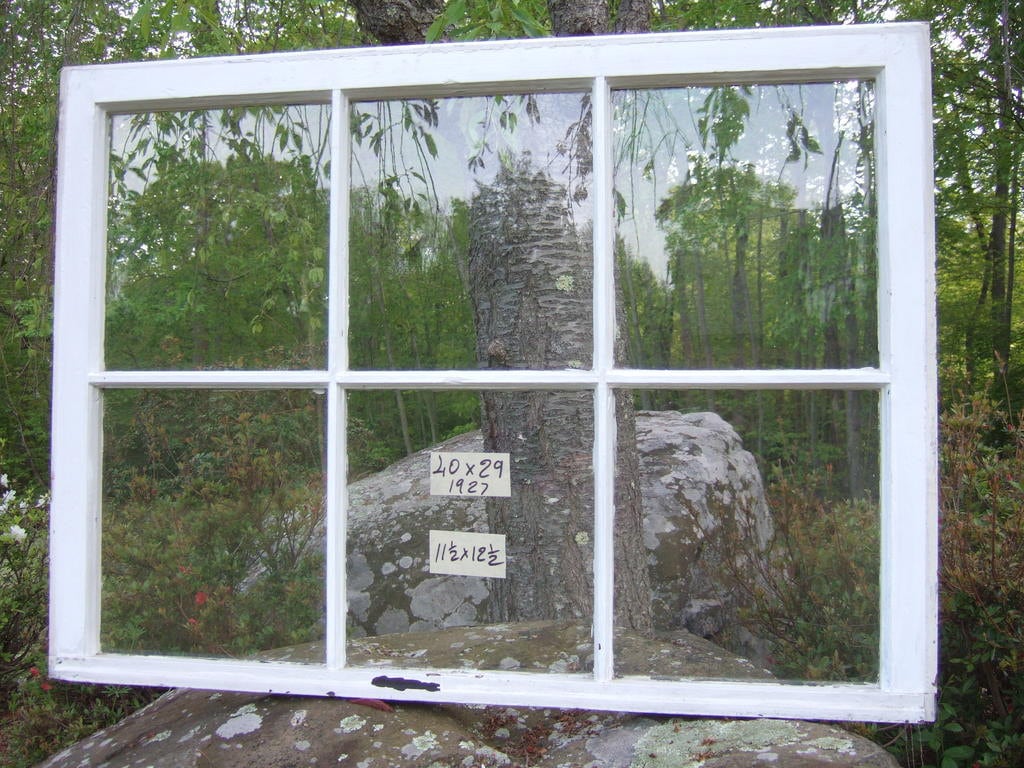

Clean off the remaining sticky tape from the frame. Make sure to remove as much of the double-sided sticky tape off the window frame as you can. You could keep it in a safe place off to the side. As the exterior temperature rises, this condensation should clear up. The first step is to remove the existing double pane glass from the window frame.
#Doublepane glass in old sashes windows
However, the double-pane glass windows made today are often a step above. This is not considered a defect of the glass, but is actually a sign that this high performing glass is doing its job by keeping the warmth inside the room. The wooden sashes tend to break down, and air starts leaking in around the edge. Low-E glass works by reflecting the inside warmth back inside the room.īecause of the nature of this high performing glass, the outside pane can get cold overnight, and in certain extreme situations, can have condensation form on it. The moisture is still present in your home though, which is why it is important to also have a well-ventilated house.Īdding in low-E glass, which is a superior, high performance double glazing, will help retain the heat inside your home even more than standard double glazing will. The result is that the water vapour condenses as a liquid and becomes visible particularly on cold surfaces such as windows.īy insulating your windows with double glazing, you reduce the likelihood of condensation forming on the inside surface of the glass. When the inside temperature cools down, the air cannot hold as much water vapour.

If your windows are old and are suffering from broken glass, hitting more than one problem on the list. With replacing the glass, you still get the benefits like energy savings, better heat gain, and less heat loss, but at a fraction of the price of a window replacement. Showers, cooking and even breathing will add moisture. Replacing the glass is more cost effective than replacing the whole window. The air inside your home contains moisture from your day-to-day activities. Condensation is generally recognised as being caused by the moisture in your home and the difference in temperature between the outside and the inside.


 0 kommentar(er)
0 kommentar(er)
